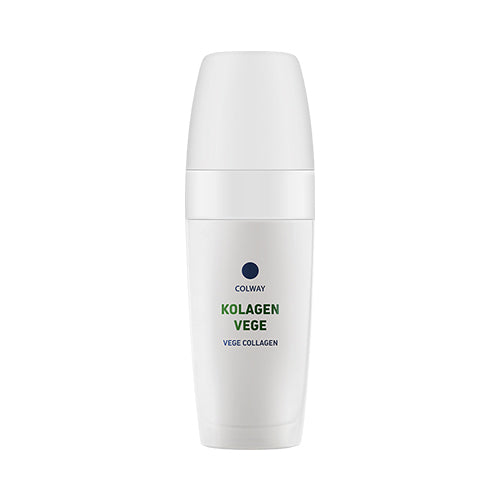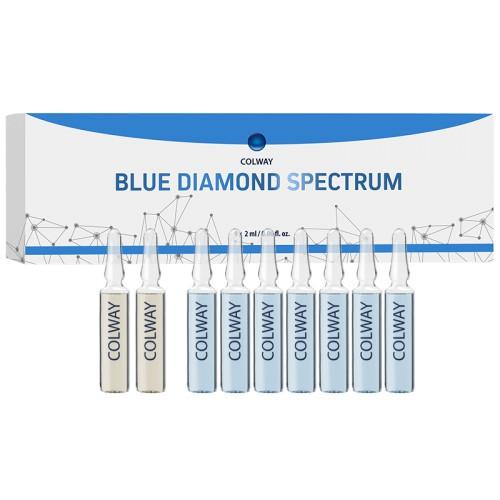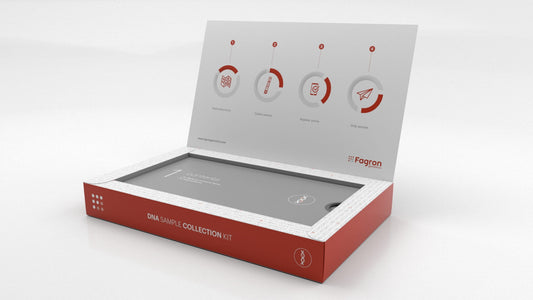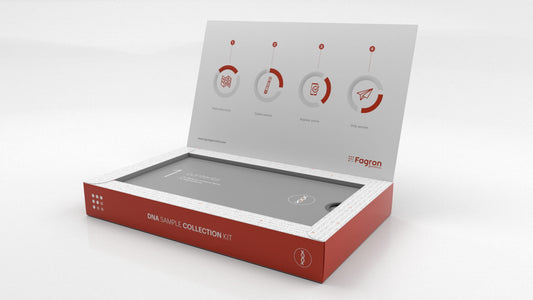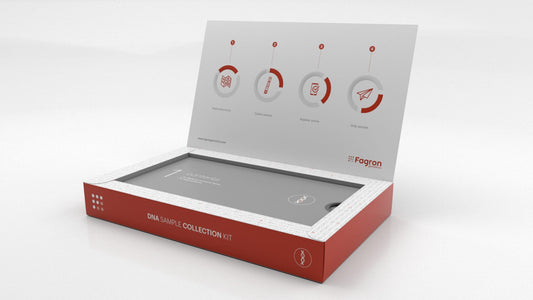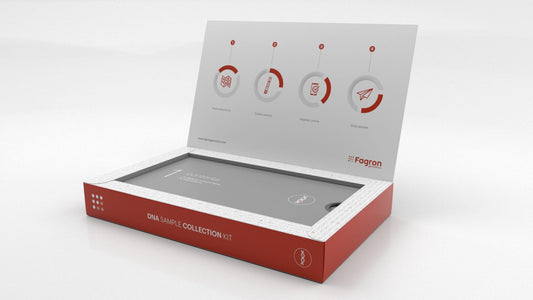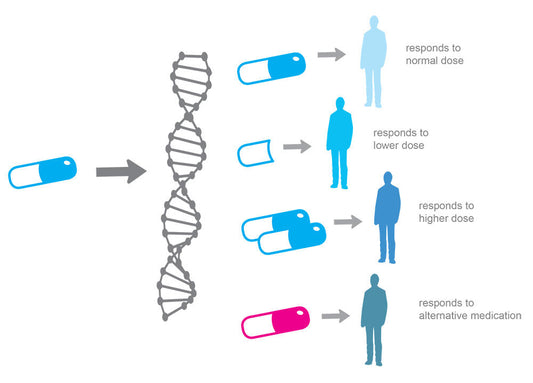Comparing Telotest from Fagron Genomics and TruDiagnostic: A Deep Dive into Biological Aging Techniques
Introduction
In the quest to understand the intricacies of biological aging, two techniques have emerged as pivotal in assessing the biological alterations associated with aging: the evaluation of telomere length and the evaluation of DNA methylation. This article provides a comprehensive comparison of these techniques, shedding light on their mechanisms, advantages, and limitations.
Telomere Length Evaluation: qPCR vs. NGS
Mechanism
Telomeres are repetitive DNA sequences located at the ends of chromosomes. Their primary role is to protect our genetic data. As cells divide, these telomeres shorten, a process intrinsically linked to cellular aging.
Techniques
-
qPCR (quantitative Polymerase Chain Reaction): This technique facilitates the comparative analysis of telomeric DNA versus non-telomeric DNA. It offers an average telomere length representation for the sample, providing a broad perspective on telomere length, which can be correlated with age.
-
NGS (Next-Generation Sequencing): NGS offers a more detailed analysis of individual telomere lengths across cells. While it's invaluable in research, it's less standardized and doesn't represent a mean value for individuals.
Advantages
- Quick and cost-effective, especially with qPCR.
- Recognized in numerous studies as an indicator of biological aging and its association with age-related diseases.
- A well-established correlation exists between telomere length and age across various tissues. Lifestyle changes can also influence this. For further insights, refer to recent studies: link1 and link2.
Limitations
- Provides only a partial view of biological aging.
- Several unrelated factors can influence telomere length.
DNA Methylation Evaluation: The Power of Microarrays
Mechanism
DNA methylation involves the addition of a methyl group to DNA. As individuals age, these patterns change, acting as a "biological clock" that reflects an individual's biological age.
Techniques
- Microarrays: These pinpoint specific methylation patterns at designated genome sites. These patterns are then matched against databases to deduce an individual's biological age.
Advantages
- Offers a more comprehensive perspective on biological aging than merely assessing telomere length.
Limitations
- More resource-intensive and complex than qPCR.
- Requires extensive databases, which are often not readily available, and intricate algorithms that are still in the validation phase.
- No definitive research directly associates methylation with aging or age-related changes in human samples.
- Methylation is more closely related to specific cellular events than to aging.
Conclusion: Harnessing the Power of Both Techniques
While each technique has its strengths in evaluating aging, telomere assessment has a more extensive literature foundation. An optimal approach might involve utilizing both techniques to provide a detailed and accurate representation of an individual's biological age. However, it's crucial to understand that telomere length and DNA methylation are just two of the many aging markers. A comprehensive understanding of biological aging may require exploring various markers and methods.


